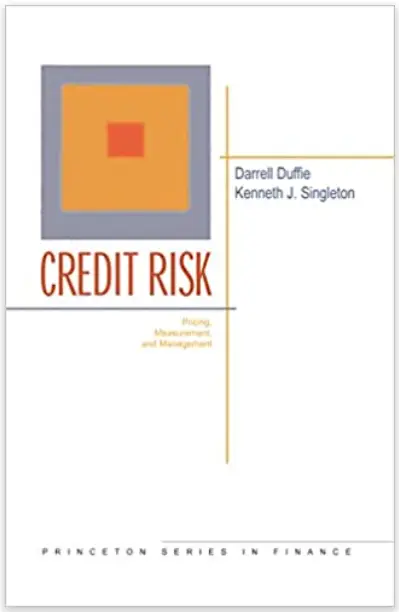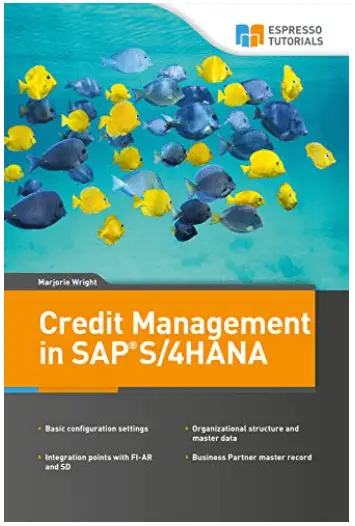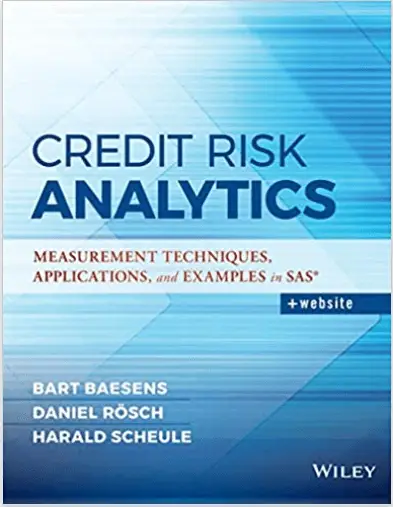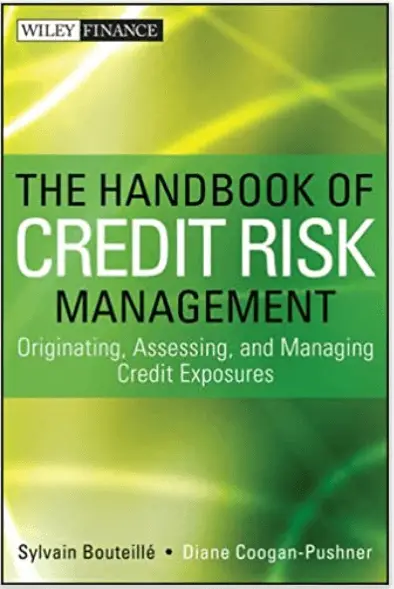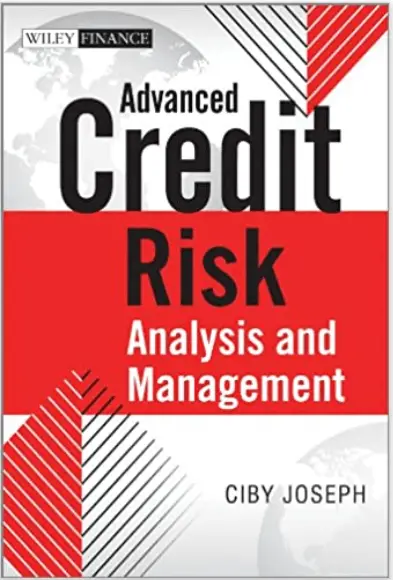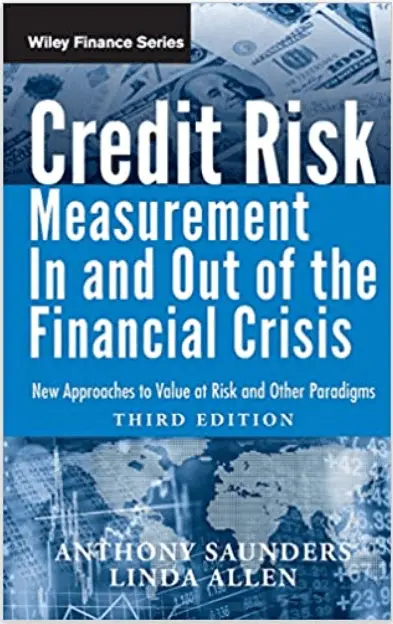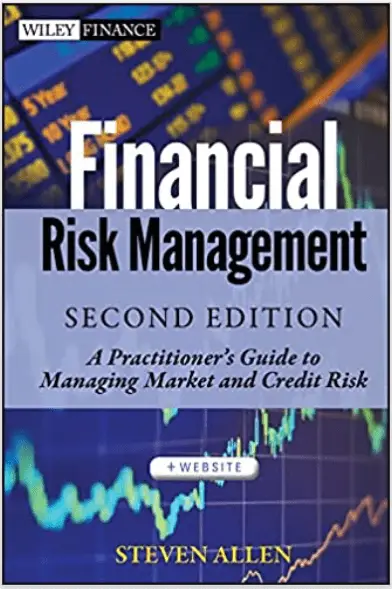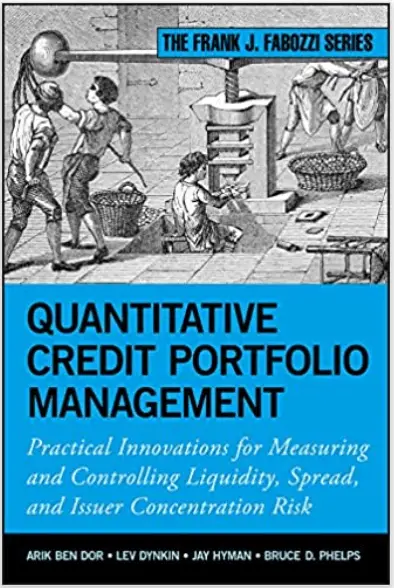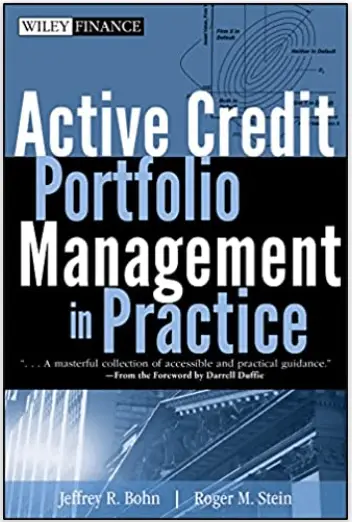Credit Management tends to be one of the most critical topics of attention by useful managers. In this regard, it is important to note the fact that there are several factors that need to be factored in by companies in order to ensure that proper credit management is facilitated by companies so that better results can be obtained.
Disclosure: This article includes affiliate links. As an Amazon associate participant, I earn a small commission on any qualifying purchase if you click the link and decide to make a final purchase through any affiliate links.
#1. Credit Risk: Pricing, Measurement, and Management (Princeton Series in Finance) – by Kenneth J. Singleton
This book mainly puts forth integrated treatment of conceptual, practical, as well as empirical foundations related to credit risk pricing, as well as risk measurement. This mainly focuses on the application of theoretical credit management concepts to practice.
Furthermore, it also includes critical assessments of traditional approaches of credit management, and credit-risk modeling, which gives a much-needed insight to the users pertaining to the actual credit position of the business. Hence, this approach mostly blends in in-depth discussions pertaining to the conceptual framework and foundations of modeling with analysis.
#2. Credit Management in SAP S/4HANA – by Majorie Wright
The relevance of this book in the modern day and age has increased marginally, considering the wide usage of SAP 4 HANA in businesses today. It includes information pertaining to features, as well as other consultants that mainly focus on how systems can be configured with the information present at hand.
Hence, this book provides a much-needed bridge in credit management, and SAP 4 HANA that makes it easier for professionals to understand the dynamics of credit risk modeling with the said system.
#3. Credit Risk Analytics: Measurement Techniques, Applications, and Examples in SAS (Wiley and SAS Business Series) – by Daniel Roesch, Harald Schedule, and Bart Baesens
This book is an excellent training guide, for risk managers that are seeking to efficiently build or further validate in-house models for credit risk management. It includes the general concepts involved in basic risk management, as well as stress-testing of the existing models. It also includes a short guide to practical modern day coding in SAS.
#4. Credit Secrets: The 3 In 1 Complete Guide To Fix Your Credit Report & Build Your Credit Repair To Improve Your Finances & Have A Wealthy Lifestyle | 609 Letters Templates & The Best Credit Habits – by Dave Robert Warren Graham
This book is a gold mine for all individuals, as well as professionals who seek to improve their credit rating, and overall personal finance management. Therefore, it includes tips and tricks regarding how to improve the credit score, definition of a good credit score, as well as proper usage of credit cards, and other credit-extending facilities.
Hence, this is a combination, or an amalgamation of several different products that can be clubbed into one, in order for readers to understand important basics of personal finance, that can be applied not just to their businesses, but also in their personal lives.
#5. The Handbook of Credit Risk Management – by Sylvian Bouteille
This particular book imparts great information relating to credit management for larger institutions. This is a guide for professionals, as well as students that want a deeper understanding of credit risk exposure management. The financial roadmap that is present in this book helps professionals manage finances and risk exposure at a transactional level.
Therefore, it includes services pertaining to essential aspects of credit risk management, which include organizational factors, credit risk assessments, portfolio management, as well as risk transfer. Additionally, it also provides cases, as well as real-world examples that help to understand how credit risk can be managed in the increasingly complex industry dynamic today.
#6. Advanced Credit Risk Analysis and Management – by Ciby Joseph
This handbook is created in order to help the readers understand the nuances involved in credit risk management. Similarly, it also includes different techniques pertaining to measuring, analyzing, and managing credit risk for both lenders and borrowers. The book begins by defining what credit risk is, including its advantages and disadvantages for both lenders, as well as borrowers.
Therefore, this book explains what credit is, and how it can be managed effectively. Additionally, provides information for both, the lenders, as well as the borrowers. Therefore, it is equally resourceful for both parties in terms or learning tips and tricks to manage risk in an effective manner.
#7. Credit Risk Management In and Out of the Financial Crisis: New Approaches to Value at Risk and Other Paradigms – by Anthony Saunders
Credit Risk Management includes credit crisis, as well as credit-related solutions pertaining to professionals that look to manage risk using new technology. Hence, this book includes complete regulations, and how they impact credit management in the modern day and age. In order to do this, they break down the latest credit risk management policies, as well as modeling techniques that can further be simplified with technical, as well as analytical details surrounding them.
Furthermore, they can also concentrate on underlying economics required to objectively evaluate new models.
#8. Financial Risk Management: A Practitioner’s Guide to Managing Market and Credit Risk – by Steve. L Allen
This book offers the discipline, as well as other relevant strategies, principles, and measurement techniques required to manage, and measure financial risk. It is fully revised in order to reflect the modern day dynamic environment, as well as other lessons that can be learned from modern day risk management.
The inclusion of relevant examples is also resourceful in helping readers understand the market dynamics, as well as other derivative instruments that are used in risk hedging. All risk hedging tools are subsequently used in order to ensure that these tools are properly applied in the modern day business setting.
#9. Quantitative Credit Portfolio Management: Practical Innovations for Measuring and Controlling Liquidity, Spread, and Issuer Concentration Risk – by Arik Ben Dor, Lev Dynkin, Jay Hyman and Bruce D. Phelps
Thisbook is an excellent resource that provides comprehensive information relating to credit management in the modern day and age. In this aspect, it becomes increasingly important for companies to understand the various different credit risks involved in their hedging-related processes.
Hence, it is important to include all the different hedging techniques that can be used in order to calculate important metrics like spread, liquidity, as well as the treasury yield curve.
#10. Active Credit Portfolio Management in Practice (Wiley Finance Book 384) – by Jeffery R. Robin and Roger M. Stein
There are several different techniques that are used in order to manage credit in an effective manner, primarily relating to credit portfolio as well as robust quantitative credit analysis. This is primarily filled with in-depth insights as well as expert advice. This particular book includes both, theory, as well as real-life practice pertaining to credit portfolio management.
There are several different credits and hedging-related techniques that are pertinent to portfolio management in the current day and age. Furthermore, it also includes several different additional tools that act as an aid in the form of Excel Spreadsheets, Matlab Code, as well as S-Plus Code.

